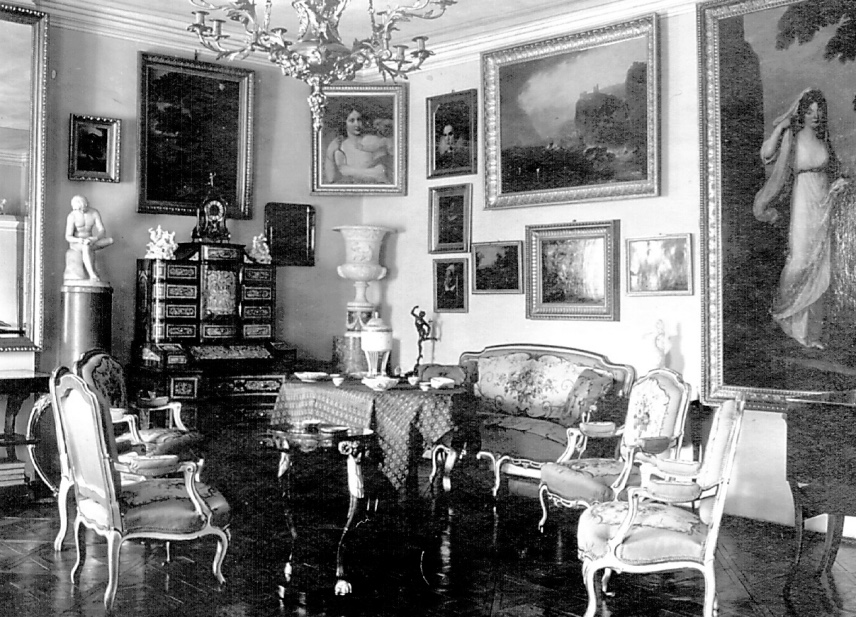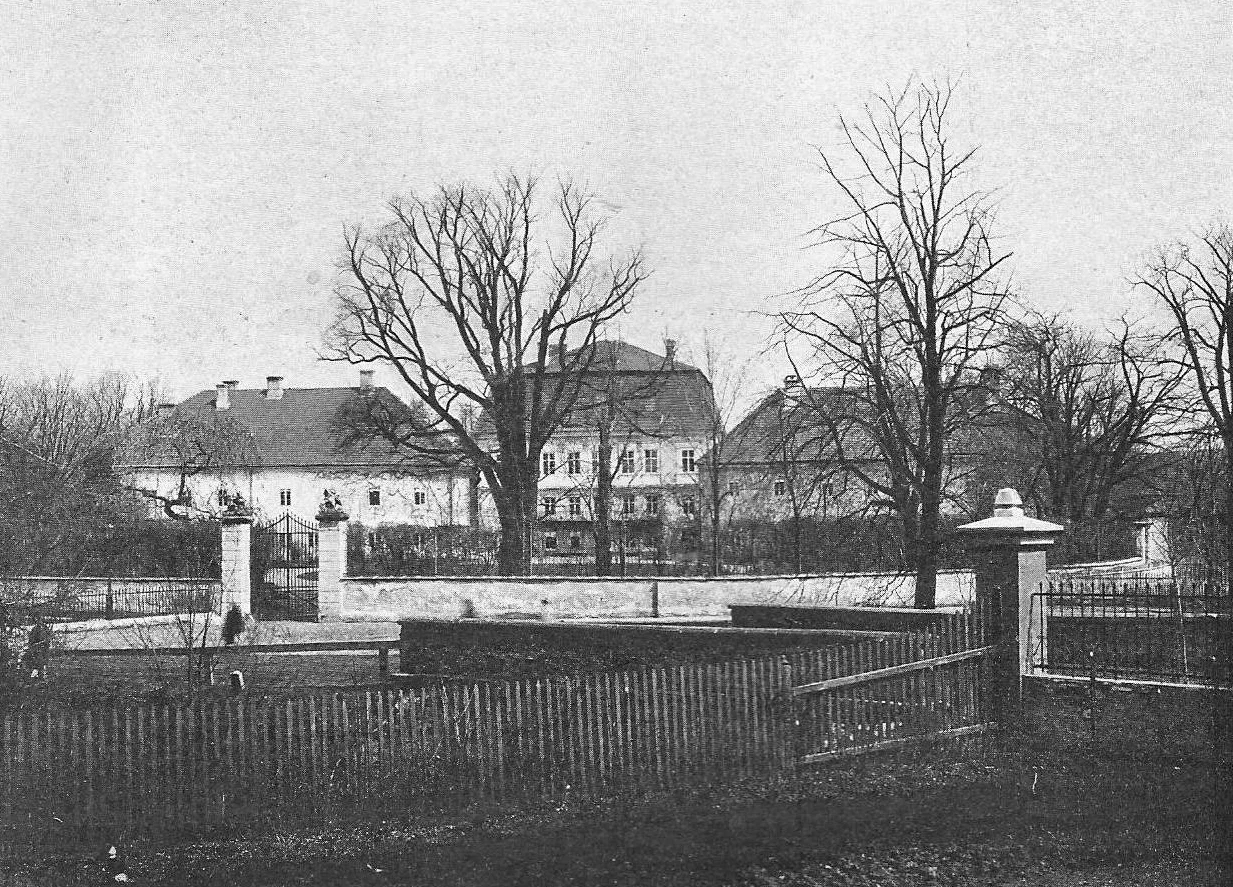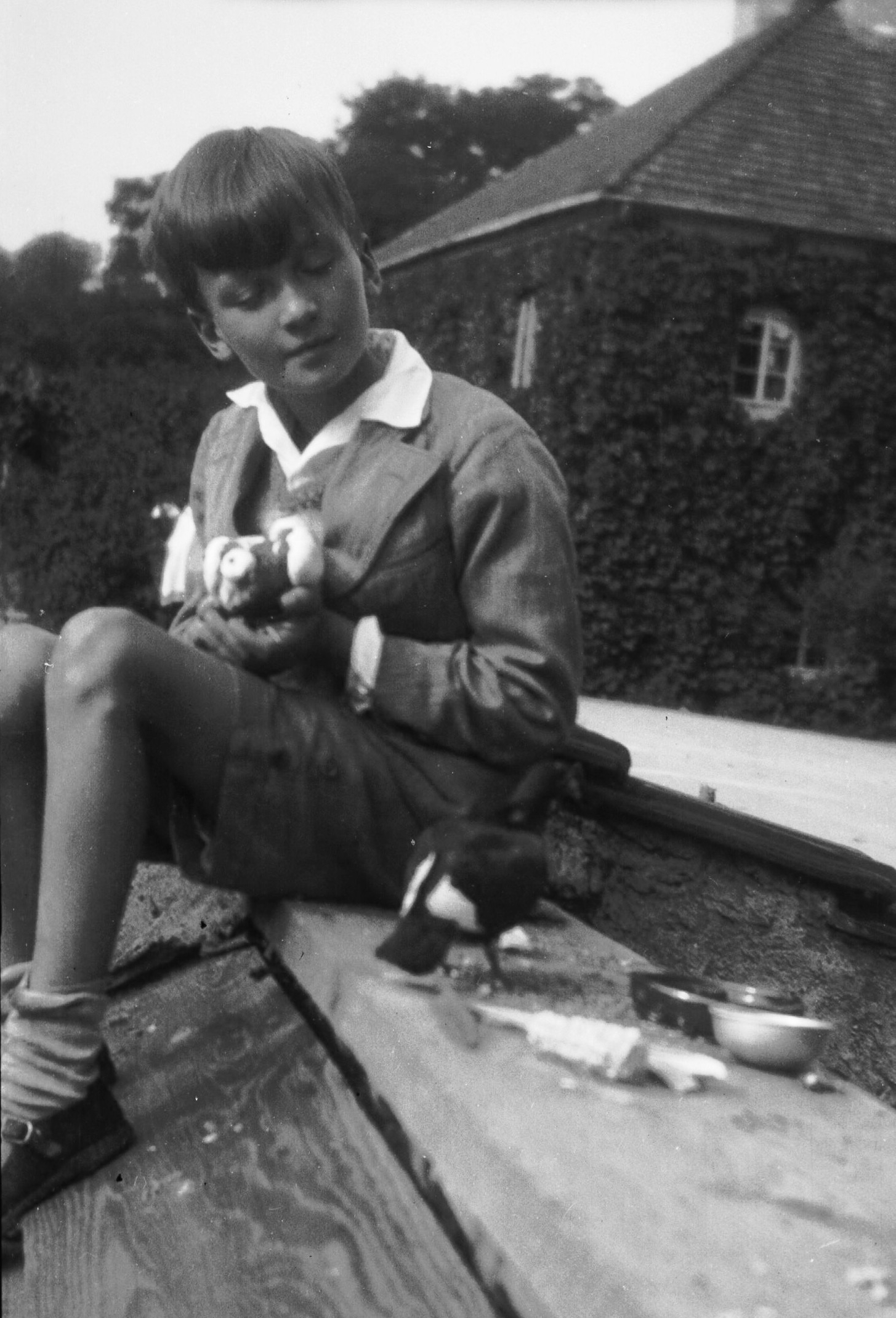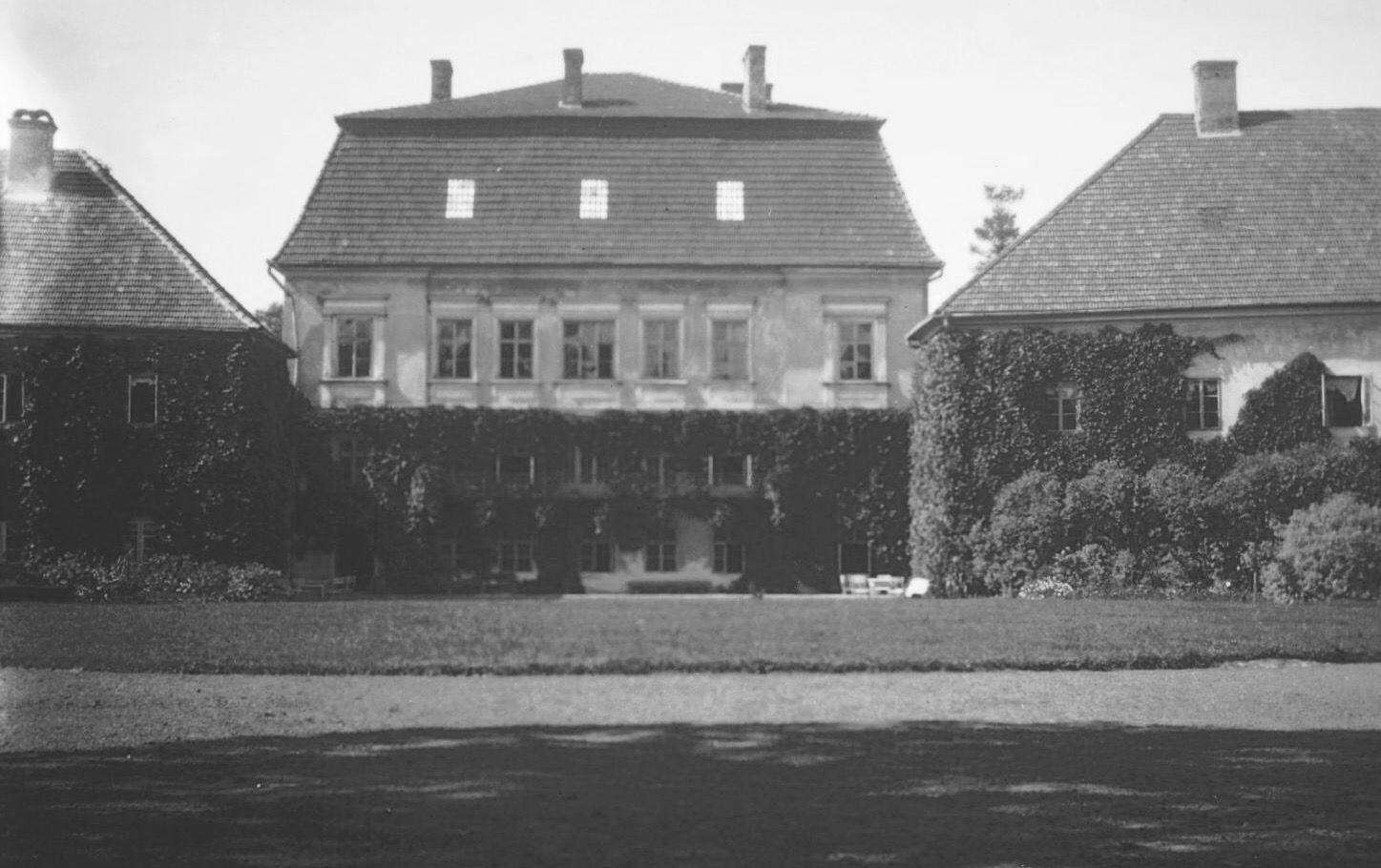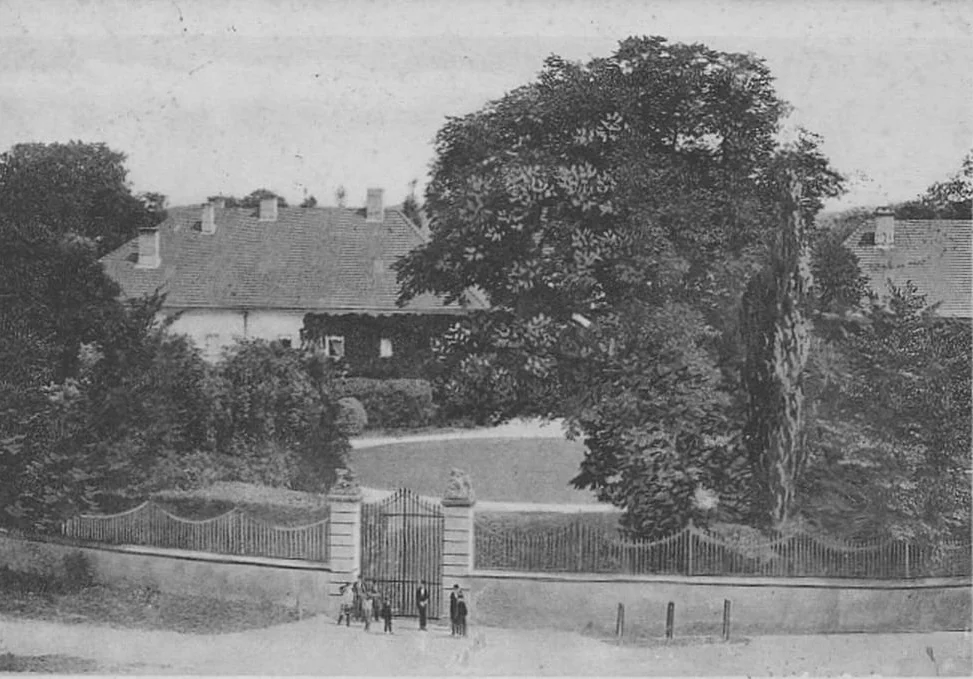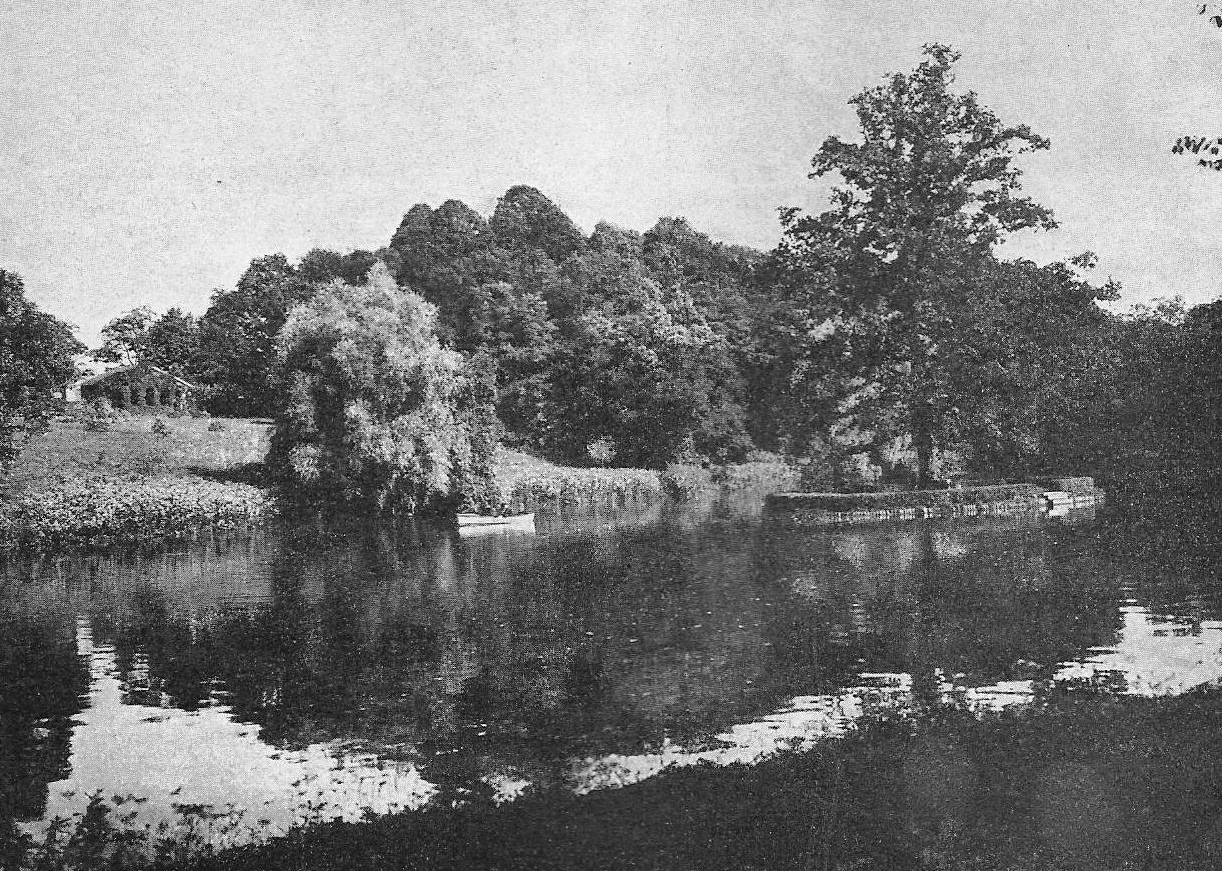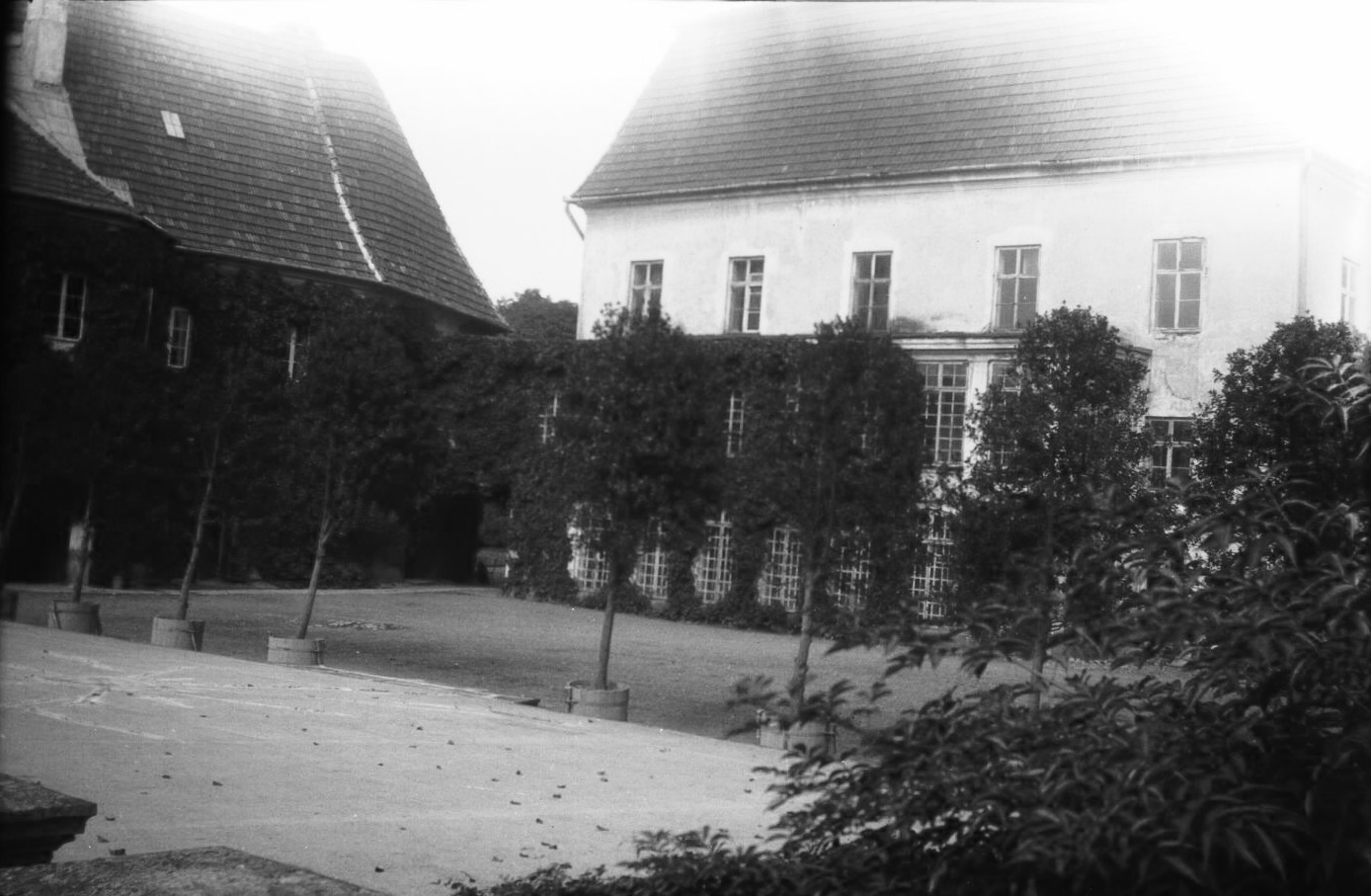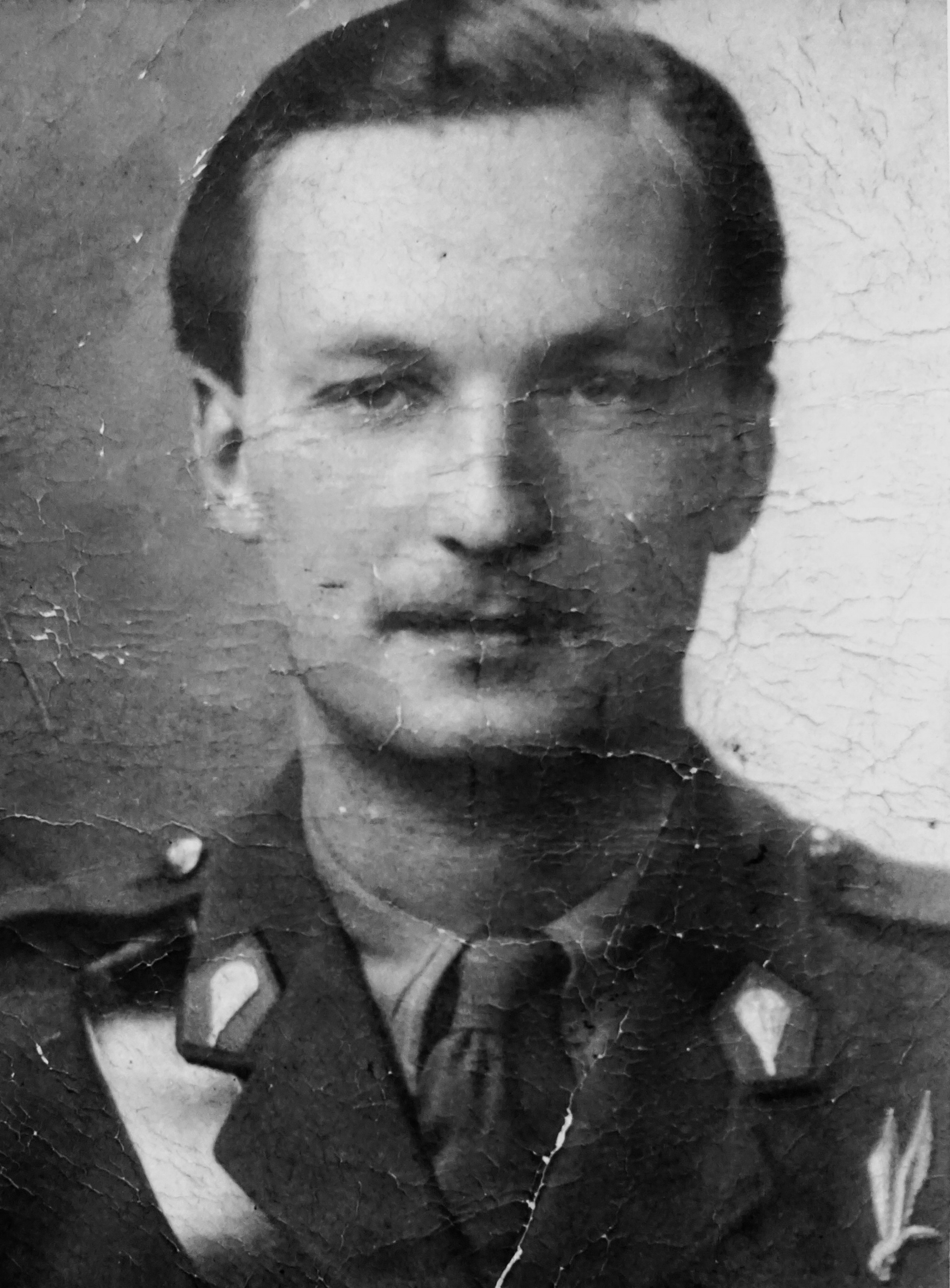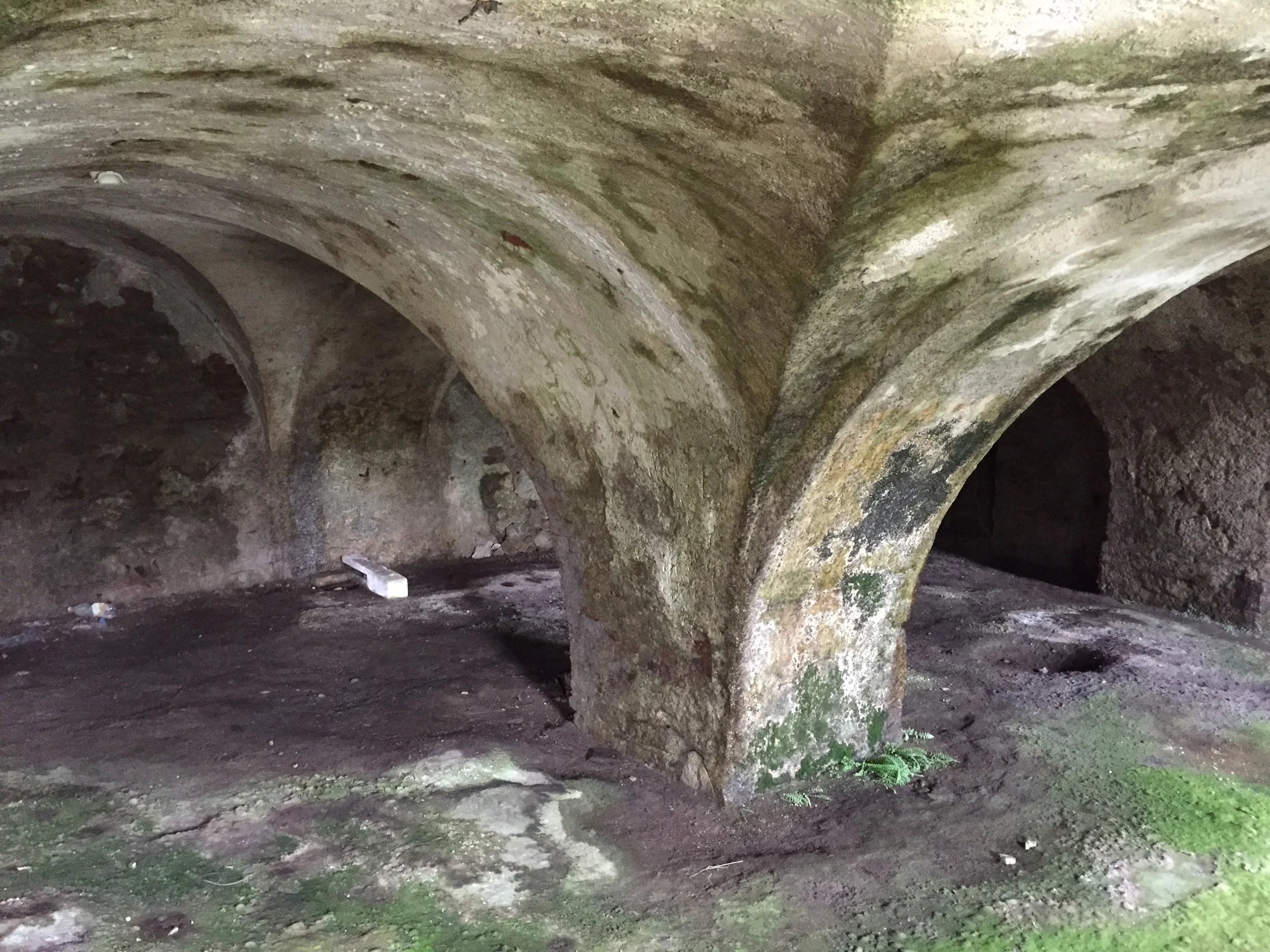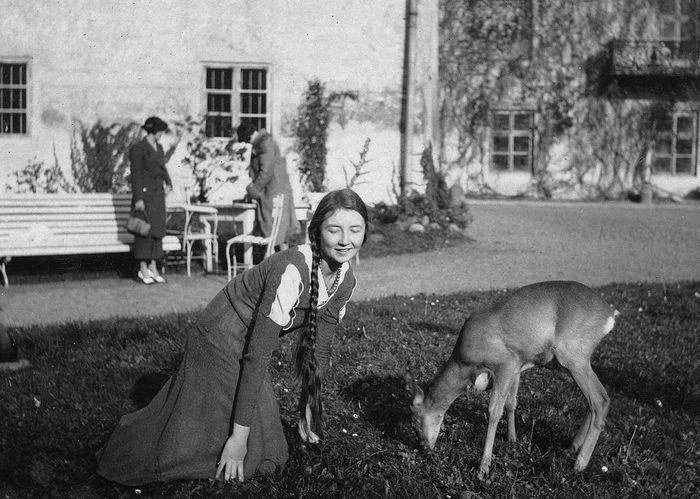
built in the mid 16th century
The origins of the earliest building date back to the mid 16th Century to a renaissance castle. It was most likely built by the Lord of Dukla Jan Jordan. The next owners were the Zborowski, Drohojewski and Męciński families. During the next century the castle fell into disrepair. In 1636-38 the new owner Franciszek Bernard Mniszech redeveloped the castle adding a new building to the west side and fortified it with four defensive bastions resulting in a fortified palace.
The next redevelopment was carried out in 1764-65 by Jerzy August Wandalin Mniszech and his wife Maria Amalia, of the house Brühl. In this period they expanded the existing palace adding another storey with a mansard roof. The author of the project was most likely the Dresden architect Jan Fryderyk Knobl and the works were managed by the architect Leonard Andrys. On the site of two of the bastions outbuildings were built and the remaining fortifications were dismantled. In their place a park in the style of a French formal garden was created.
The park had flower gardens, lakes, bridges, trees and sculptures. It was known as one of the most beautiful parks in Poland. With its vast collections of art, literature and a fully functional theatre this was the grandest period of the Palace.
In 1779 Jerzy's daughter Maria Jozefa Potocka sold the property to Jozef Kanty Ossonlinski. At the beginning of the 19th century the estate belonged to the Stadnicki family and was then given as a wedding dowry to Wojciech Męciński. In 1875 following damage by a fire and the Russian Occupation, Cezar Męciński and his son Adam undertook redevelopment works of the palace adding a porch and balconies. The park was also redesigned in the style of a more natural English Garden.
In 1925 the palace become the property of the Tarnowski family. Stanislaw Tarnowski was adopted by Adam Męciński a distant uncle of his father and the last of the Męciński family. Stanislaw starting carrying the name Tarnowski-Męciński. The estate was managed by his mother Wanda of the house Zamoyski and then by his father Hieronim.
Following the German invasion of Poland in 1939 Stanislaw Tarnowski-Męciński left Poland to fight in the war. He joined the Polish Independent Carpathian Rifle Brigade and fought in the Battle of France and in the North Africa campaigns including the Battles of Bardia and Tobruk. In 1944 after completing commando training he joined the Polish Airborne Brigade. Growing tired of not seeing any action he transferred to General Maczek's Armoured Division and joined the Polish 10th Dragoons Regiment fighting on the frontline of the European Campaigns. At the end of the war Stanislaw could not return to Poland so settled in London, England. In 1957 he visited Poland and his old estates in Dukla and Rudnik Nad Sanem. In 1962 he finally returned home and settled in Warsaw. The Poland he once knew had completely changed.
In 1939 the palace was occupied by the Nazi Germans and in 1944 Poland fell under Soviet Communist rule. The Polish Committee of National Liberation (PKWN) created by Joseph Stalin passed the Agricultural Reform Decree where landholdings exceeding 100 hectares in total or 50 hectares of agricultural land were confiscated, stolen, from their rightful owners. Under the decree Stanislaw was not aloud to settle within 50 km of his old Estate.
In 1989 after the fall of Communism, Stanislaw the rightful owner of the Dukla Estate started procedures to reclaim his property. Following lengthy court cases the palace and park were returned to Stanislaw's children in the autumn of 2012.
To this day 1500 hectares of forests and 500 hectares of farm land that belonged to and supported the estate have not been returned and are owned by the Polish State. Poland is the only country out of the old “Eastern Block” EU countries that has not provided any restitution for land.
Photos below: Countess Zofia Tarnowska with a deer in front of the palace, the palace drawing room, the young Count Stanisław Tarnowski-Męciński with pigeons in front of the palace, the young Count Stanisław after his first hunt in Dukla, Stanisław and his sister Zofia in front of the palace with a deer, Zofia and Stanisław with their cousins Maria and Elżbieta Baworowka next to a car in front of the palace, Stanisław in a canoe on the first lake in the park, Stanisław in his Polish army uniform.

